Not all content is created equal, and not all content will perform as well as you expect it to. What separates good content from great content can vary in terms of the topic, context, and type.
Expanding the lifecycle of your content assets is one of the most effective and efficient ways to revive and repurpose content without having to put in a ton of effort. Content repurposing is instrumental in driving traffic, leads, and sales. For these very reasons, it’s worth noting that:
- Nearly 60% of marketers will reuse one piece of content 2-5 times.
- Content marketing costs 62% less than traditional marketing and generates 3 times as many leads.
- 9 out of 10 B2B buyers say online content has had a moderate to major impact on their purchases.
When you think of all of the content avenues you can explore, the list feels overwhelming. In this blog post, I’ll highlight five ways to repurpose your content. And the great thing is you can do them all now.
Turn Popular Blog Posts into an eBook
In Google Analytics, you can easily see which of your blog posts are the most popular by going to Behavior > Site Content > All Pages.
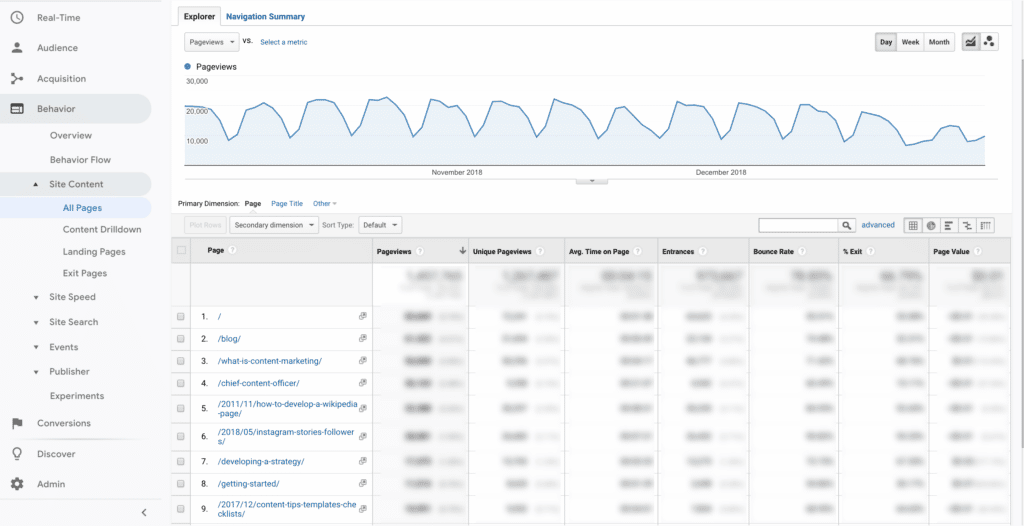
From there, you will be able to see which blog posts have received the best engagement and then do the following:
- Sort the blog topics by similarity
- Copy and paste the content into a Word Doc or Gdoc
- Begin editing the content for a smoother transition
- Get the content designed into a workable template
- Package it up
- Publish
When you publish, you’ll have two options: you can have a landing page that gates the content (i.e. an individual must fill out a form in order to access the content) or publish the content openly so that anyone can access it so long as they have the URL.
After you make this decision, the next step is to then promote the content through paid avenues and organic channels (e.g. Twitter, FB, LinkedIn, etc.) With the paid avenues, you’ll want to look at “where” your target demographic is the most active and the top referral sites. Once you do this, I’d recommend starting off with a budget of around $200+ to drive traffic back to your eBook. Then track and measure the success of the eBook based on:
- Organic traffic
- Paid traffic
- Time-on-site (if un-gated)
- New subscribers to your blog
- New leads collected (if gated)
Create Engaging Infographics
Infographics can boost site traffic by 12% and receive 178% more backlinks than a normal text-based blog post on your site. Additionally, infographics receive 3x more shares than any other type of content on social media and are 30x more likely to be read from top to bottom.
For these reasons, it’s important to think about how visual content plays a role in your overall content marketing strategy. It’s not there to just mix up the content types you are publishing, but to test out engagement strategies and understand what your audience prefers.
Positioning content to meet your audience’s needs will help you further drive targeted traffic, leads, and sales to your site. In fact, 40% of marketers even cite that visual content in and of itself drives higher engagement.
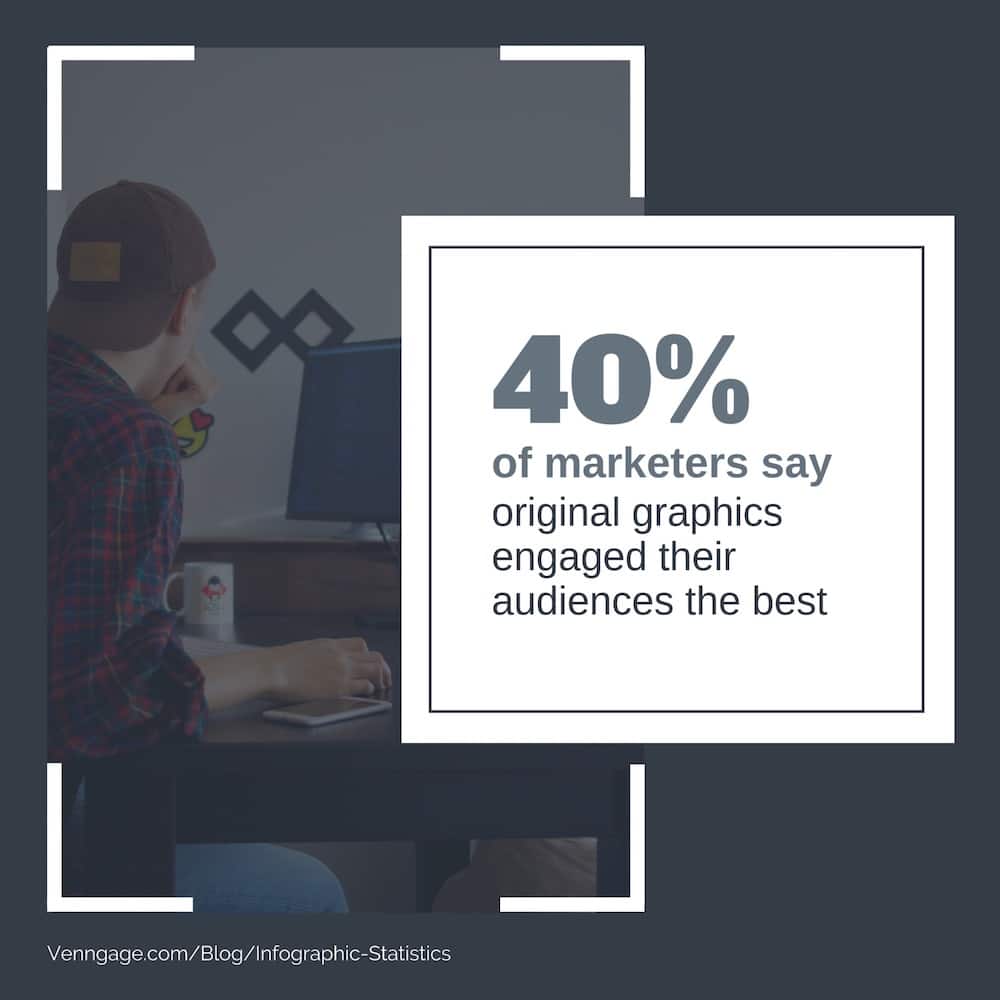
Develop an Email Drip Crash Course
Another great way to revive your content is to develop an email drip crash course. I’d recommend looking at doing a 7-day course where you send out an email once per day covering a well-received topic.
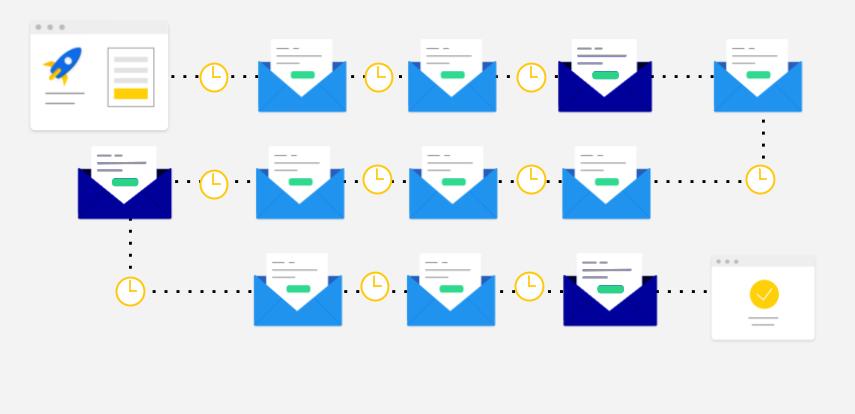
Once the course ends, you can look at the performance of the course based on the following insights:
- What was the best subject line?
- Which CTAs drove the highest clicks?
- Which email within the drip drove the best site traffic?
- Did you get any new sales opportunities from those who completed the course?
Finally, the importance that email plays in general for repurposing your content should be a top priority because of these reasons:
- Shoppers spend 138% more when marketed to through email, as compared to those who do not receive email offers
- One study found that the ROI on email was 28.5% compared to 7% for direct mail
- Email is 40x more effective at acquiring customers than Facebook and Twitter combined
- 320% more revenue is driven from automated emails than non-automated emails
Publish Multiple Social Media Updates
You can turn each of your content assets into multiple social media updates using different visual images each time to avoid redundancy. For example, a blog post with more than 1,000 words can be revived with up to 10 different updates.
In fact, here are some social stats that support why social media is a great channel to leverage:
- Total active social media users: 3.484 billion
- Daily time spent: People spend 2 hours and 23 minutes daily on social media browsing and messaging
- 98.55% of people use at least four social media channels daily.
- Top social media networks: Facebook (95%), Twitter (84%), Instagram (74%), LinkedIn (62%), and YouTube (61%)
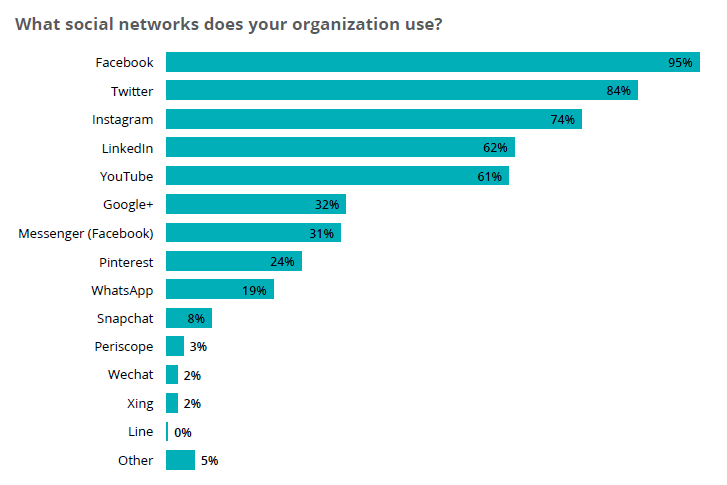
Push Step-By-Step Video Tutorials
Did you know that 66% of people prefer to watch a video about a product or service than read about it? As such, repurposing popular content into video tutorials is a great way to drive engagement and ultimately, sales.
For example, after you develop your eBook, you could also take that eBook and turn it into a step-by-step video tutorial and follow the same steps you would with your eBook (e.g. gate or ungate the video, promote it, etc.)
Another important thing to do is to also transcribe your videos. This makes it easier for viewers to revisit specific parts and learn from what you’re presenting. A great example of this is Moz’s Whiteboard Friday videos:
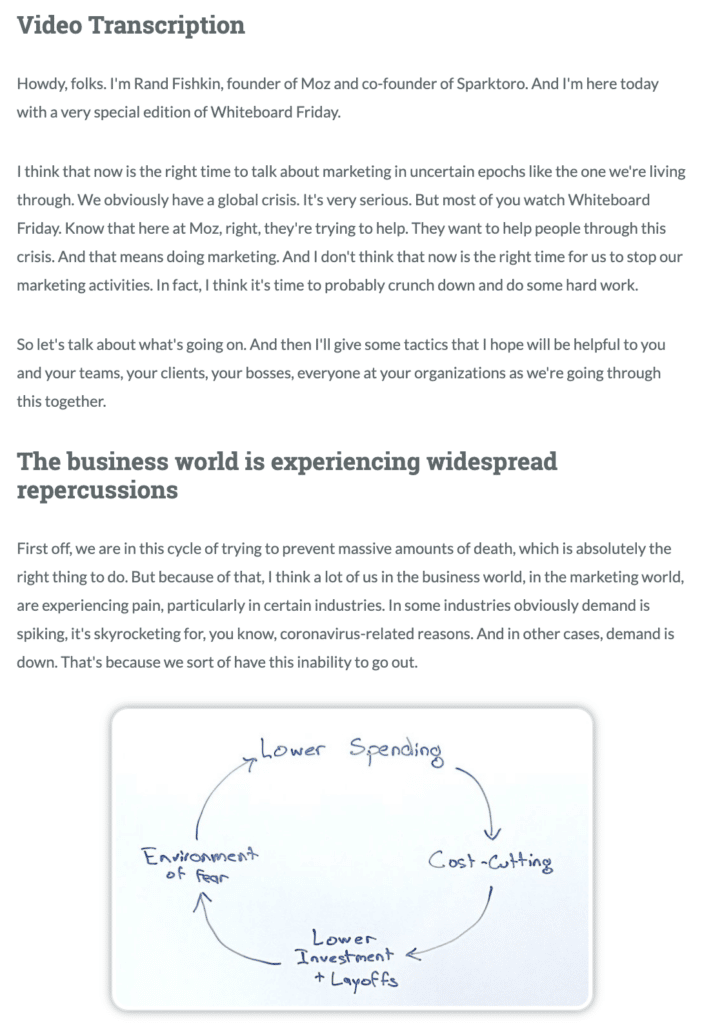
Wrapping It Up
Like anything else in the world of marketing, make sure you’re identifying the metrics that will help you determine what success looks like. With repurposing content, it can feel like a natural next step to revive your content assets, but really, look at the analytics you currently have. Push to revive the content assets that already have great engagement.
Test multiple channels and avenues. There are more ways to repurpose your content than just the ones I mentioned in this blog post. Whichever route you choose, have an end-goal in mind — whether it is to generate more leads and/or sales. You have to understand the overall ROI that your content efforts are actually yielding. Doing so will give you greater insight into making the right decisions with where you should allocate more of your marketing dollars and resources.






2 Responses